Common Lawn Diseases and How to Prevent Them
This blog post will talk about common lawn diseases, lawn disease prevention, and how to protect and care for lawns.
5 Most Common Lawn Diseases & How to Identify Them
Have you ever noticed brown spots or dying patches on your lawn? These are common signs of lawn disease that, if left untreated, can cause greater damage to your lawn. Lawn disease is quite common and can be taken care of easily if handled correctly. Spotting lawn disease early can prevent it from getting worse. Changes in weather and humidity cause stress on lawns that manifests as different lawn diseases. By understanding what common lawn diseases look like and how to prevent them, you can help your lawn be as healthy as possible all year.
1. Snow Mold
As the snow starts to melt, you may notice what looks like mold on your grass. This is called snow mold. It happens when thatch accumulates in the fall and isn’t taken care of before snowfall. It can also be caused by prolonged snow cover on unfrozen ground.
How to treat Snow Mold: Snow mold will usually take care of itself as the grass begins to grow in the spring. To prevent snow mold, rake up fall leaves and debris before the first snowfall. Lower your mower height during the final mow of the season to reduce thatch buildup, which can trap moisture under snow.
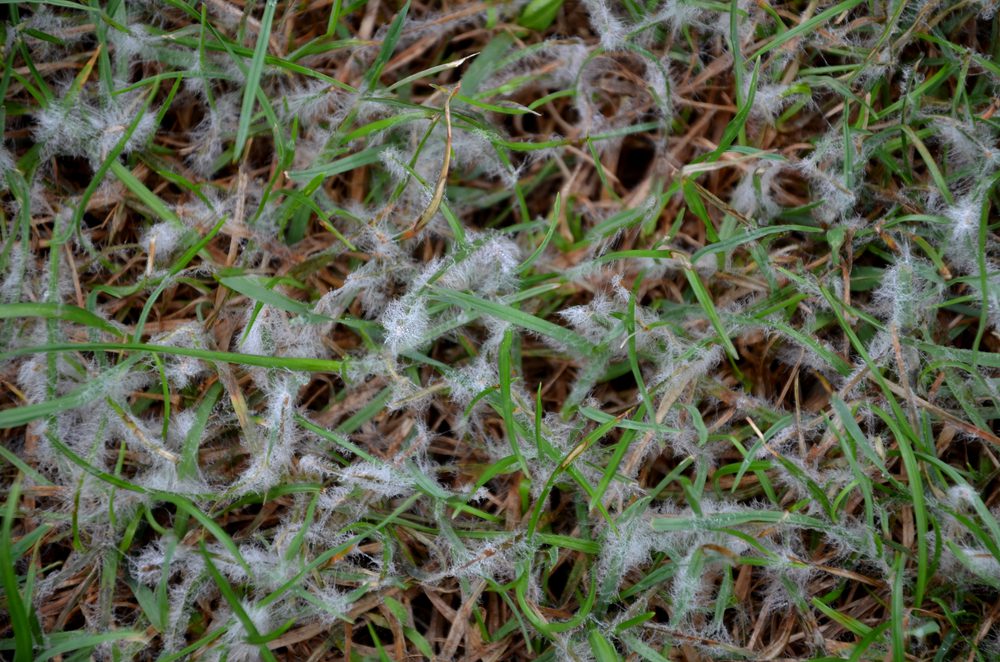
2. Leaf Spot
A common springtime lawn disease is Leaf Spot. This disease manifests as dark spots on leaf and grass blades that cause the blade to thin out at the top. Leaf spot affects Kentucky bluegrass and ryegrass. It is often caused by environmental stress like heat, drought, or cutting grass too short.
How to treat Leaf Spot: Water deeply once or twice a week to encourage healthy root growth, and mow at the recommended height of 2.5–3.5 inches.
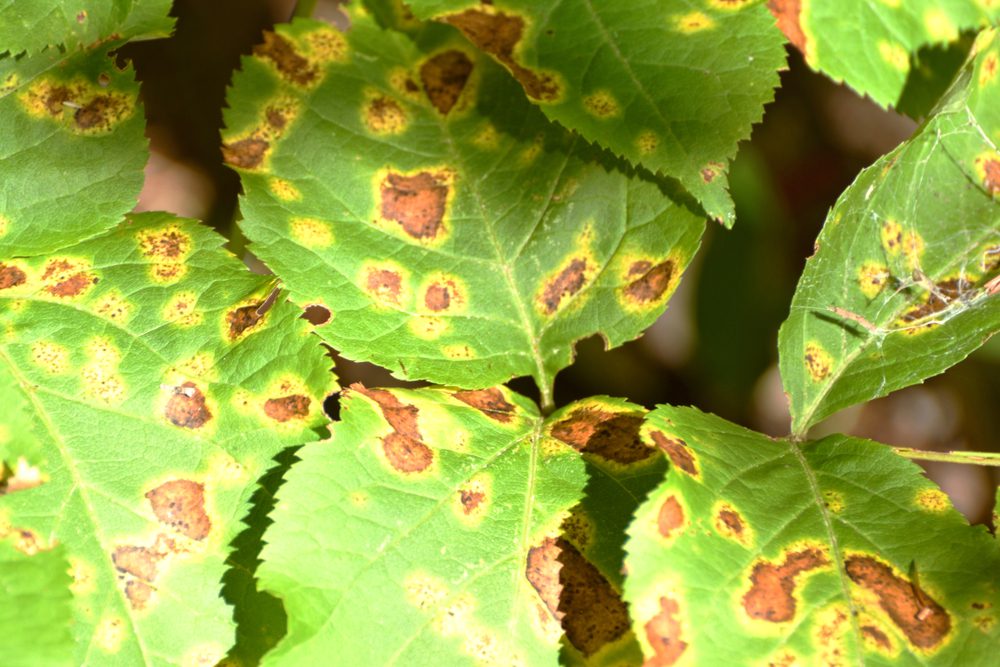
3. Dollar Spot
If you notice small, silver-dollar sized patches of brown grass your lawn could be suffering from dollar spot. Dollar Spot is a common lawn disease caused by poor nutrient soils and prolonged humidity and dew. It most commonly affects Kentucky bluegrass, ryegrass, and fine fescues.
How to treat Dollar Spot: To prevent Dollar Spot, make sure you water your lawn early in the morning, so it has time to dry out. With proper fertilization, affected areas typically rebound quickly.
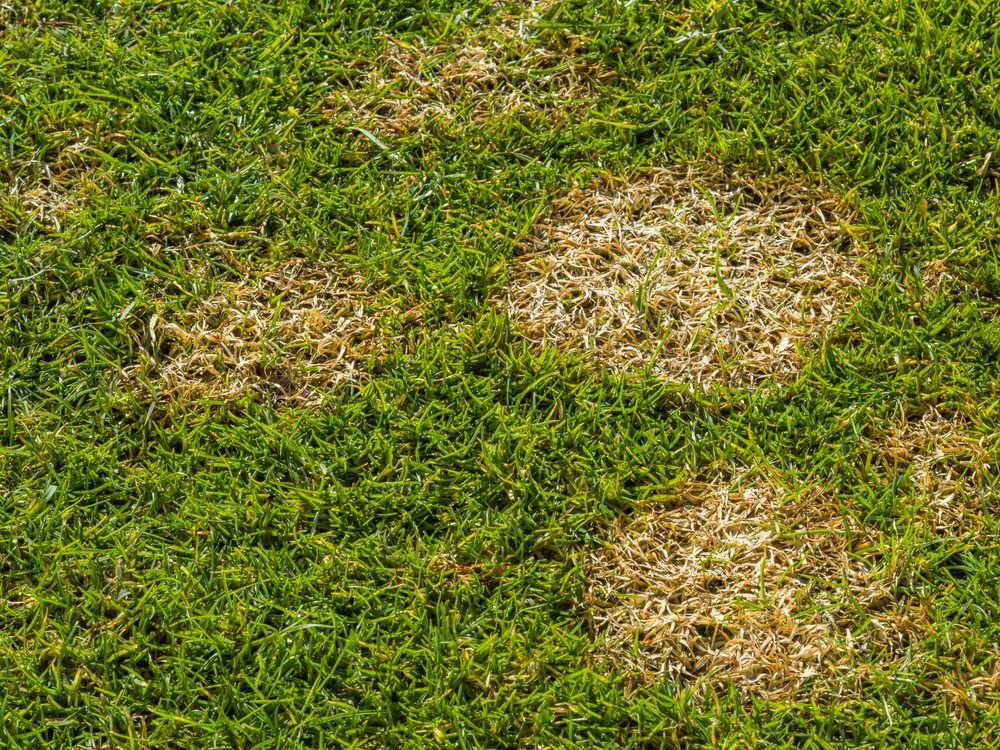
4. Brown Patch
A summer lawn disease that is caused by excess moisture from higher nighttime temperatures, is called Brown Patch. Brown Patch commonly affects tall fescues and ryegrass. You may notice irregular, circular patches throughout your lawn that are a distinctive brownish yellow color.
How to treat Brown Patch: To help prevent Brown Patch make sure you are not overwatering your lawn and that your lawn has good drainage and aeration.
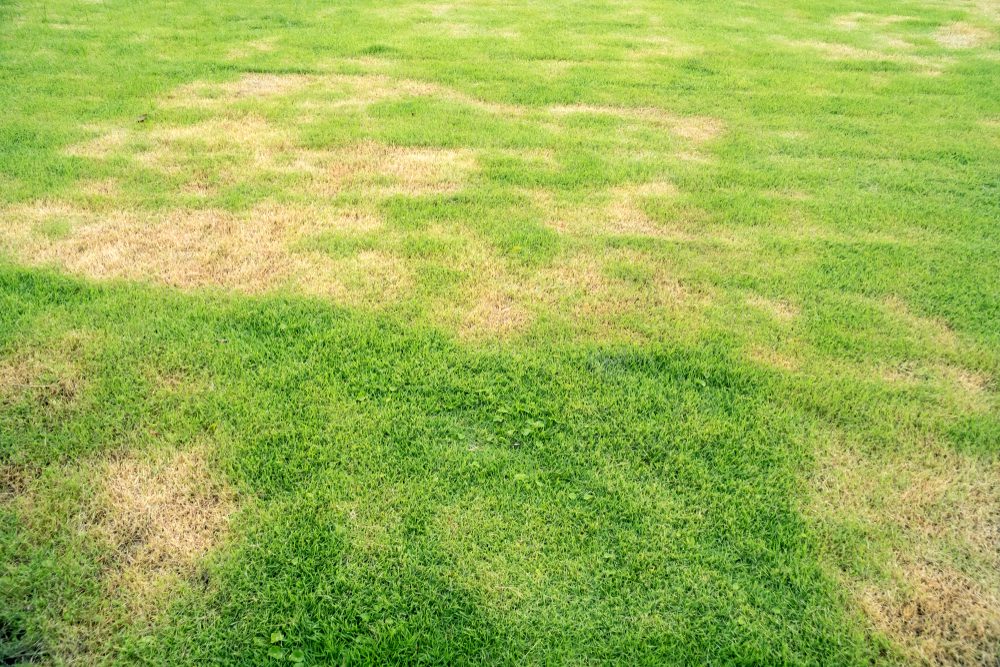
5. Red Thread
Patches of grass with reddish or pinkish threads extending from the blades is Red Thread. Red Thread can be a common lawn disease during cool damp weather or if your lawn is low in nitrogen. It primarily affects ryegrass, fine fescues, and Kentucky bluegrass.
How to treat Red Thread: Applying a balanced fertilizer not only prevents this disease but also promotes vibrant grass growth.
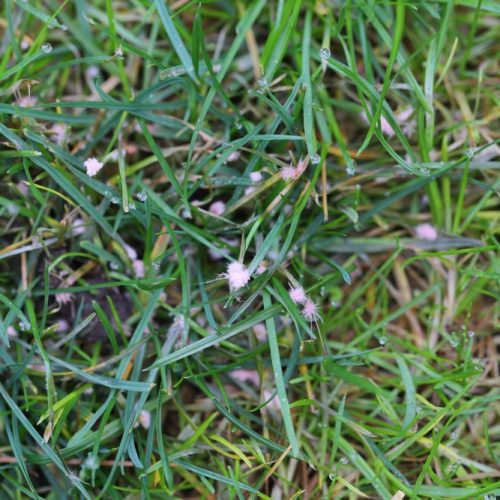
Lawn Disease Treatment & Prevention
Don’t let lawn disease ruin your grass. At ExperiGreen, our team specializes in diagnosing and treating lawn disease to keep your lawn healthy year-round. Plus, with our lawn care programs, you get free service calls if you notice anything unusual on your lawn. With the help of our team, you can have a healthy, green lawn year-round.
>> Back to all blogs
